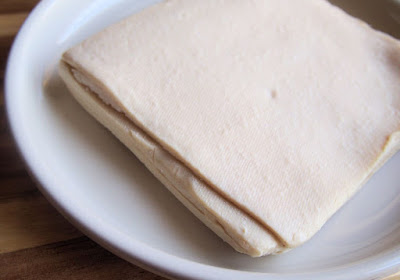I would like to introduce this simple and easy dessert recipe as a first post of the year.
Since it is made with stalks not only with leaves, it contains less caffeine than green tea, therefore it can be enjoyed in the evenings, served after dinner.
Hojicha making started in early 20th century, originally it was made not to waste parts of the tea plant which is usually scattered as debris. Even though it was created for economical reasons, it has still some sort of elegance in it, probably due to careful roasting process.
Hojicha really goes well with milk since it's got some caramel flavor. I make Hojicha Chai, milk tea with spices such as cinnamon or ginger. When it's cold outside, it warms my body and soul.
ほうじ茶プリン
Hojicha Pudding (Roasted tea pudding)
Ingredients for 4
- Hojicha: 10 grams
- Whole Milk: 1 cup
- Brown sugar: 3tbsp
- Egg: 2
- Mix 3 tbsp of hot water and Hojicha, and let it sit for 5 minutes.
- Heat milk in a small pot. Once it gets close to boiling, turn off the heat and add brown sugar.
- Strain the Hojicha and remove the leaves and stem, add the Hojicha liquid to the pot.
- Whisk the eggs and slowly add in the pot.
- Separate mixture into 4 small cups(I used ramekins)
- Using the steamer, steam at medium heat for 6 minutes
- Turn off the heat, let them rest for 10 minutes and remove from the steamer.

















